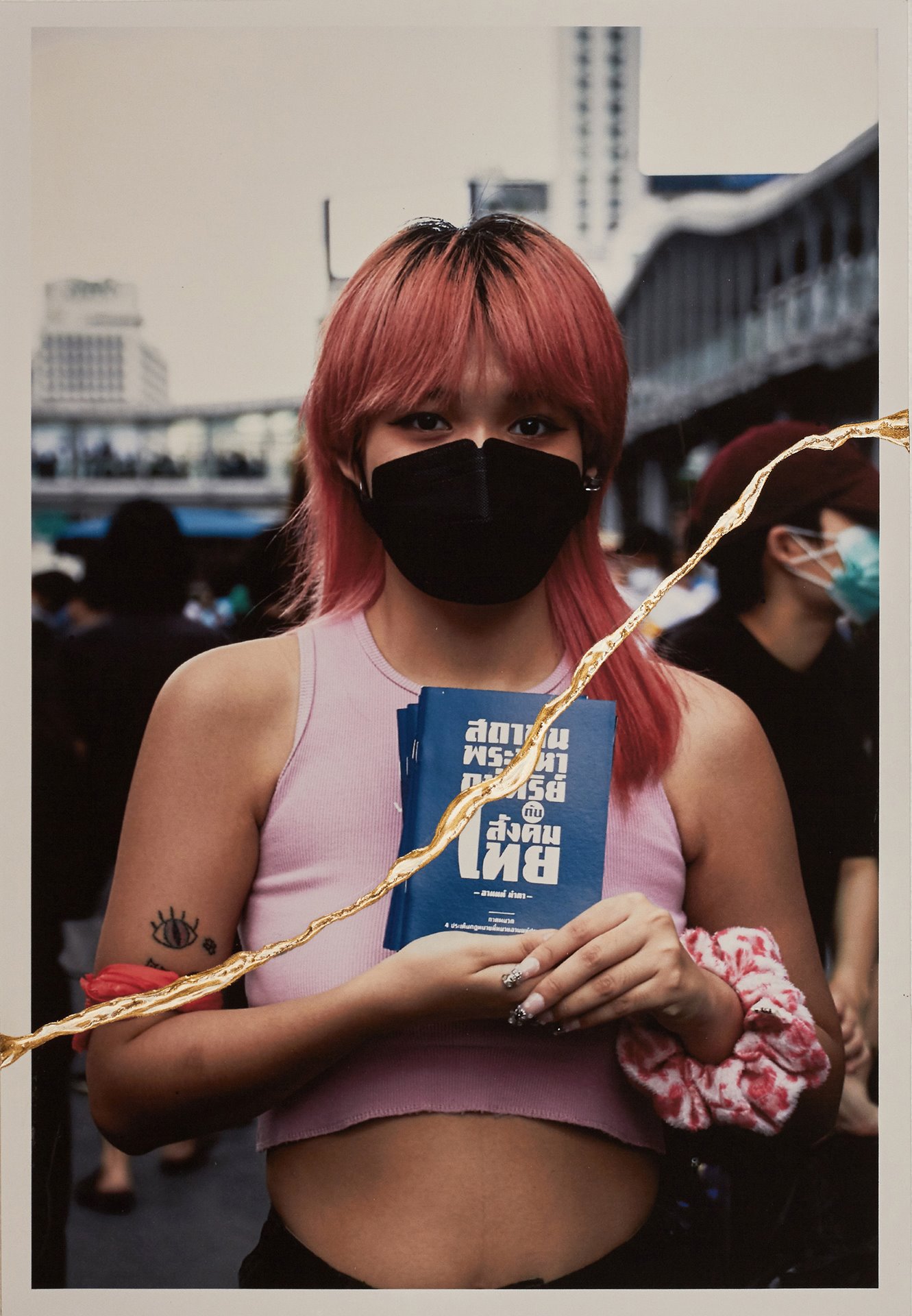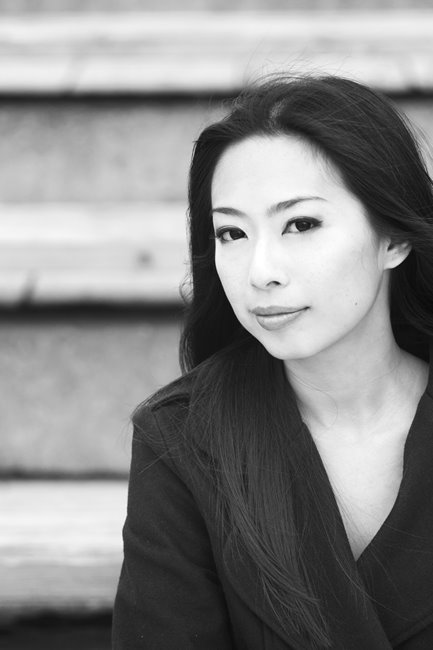A third-year student at Thammasat University participates in a pro-democracy protest in Bangkok, Thailand. They say: “The younger generation is questioning the present and looking into the past to try and understand what happened. They want to understand what problems, limitations, and structural problems still cause issues today.”
The project juxtaposes archival images of the 6 October 1976 massacre of students at Bangkok’s Thammasat University with photographs the photographer took during the 2020-2022 Thai pro-democracy protests, in order to understand the root causes of the present-day protests.
The 6 October massacre occurred when Thai police and right-wing paramilitaries opened fire on students protesting the return of former military dictator Thanom Kittikachorn to the country. Today’s student protestors are similarly opposed to the current military dictatorship and are also calling for reform of the Thai monarchy.
Rachurutchata employs the Japanese method of kintsugi by tearing photographs, then mending them with lacquer and powdered gold. Rachurutchata uses kintsugi to symbolize the transformation of trauma into hope and the possibility of a better future.

